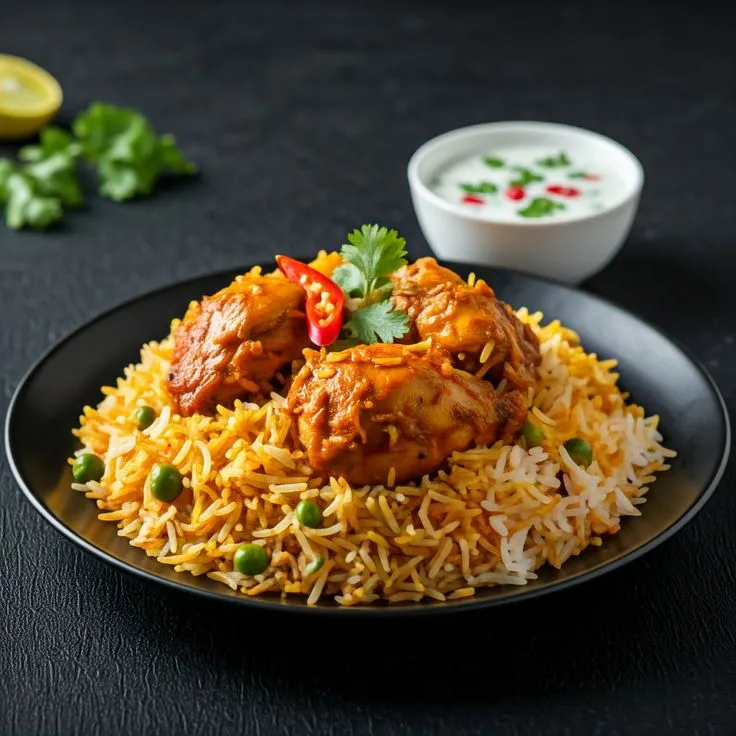That pot of perfect fluffy rice starts long before the cooking begins. The simple act of rinsing – or not rinsing – your rice can dramatically change your final dish, sparking lively debates in kitchens worldwide. While modern packaging has made rice cleaner than ever, many cooks still swear by the traditional pre-rinse.
The science behind rinsing reveals why it’s so popular. As the water runs through the grains, it carries away loose starch that would otherwise make rice sticky. This results in beautifully separate grains ideal for certain dishes. The rinse also removes any residual dust or processing debris – a comforting step for food safety-conscious cooks.
But there’s a catch. Those same washes can strip away nutrients added to fortified rice. This explains why some nutritionists recommend skipping the rinse with enriched varieties. Cultural preferences play a role too – while Japanese chefs might rinse multiple times, Italian risotto makers deliberately keep the starch for creaminess.
For parents, rinsing can be both a practical and educational moment. The ritual teaches children about food preparation while providing peace of mind about cleanliness. Whether you choose to rinse or not, understanding the why behind both methods helps you make the best choice for every recipe and occasion.


